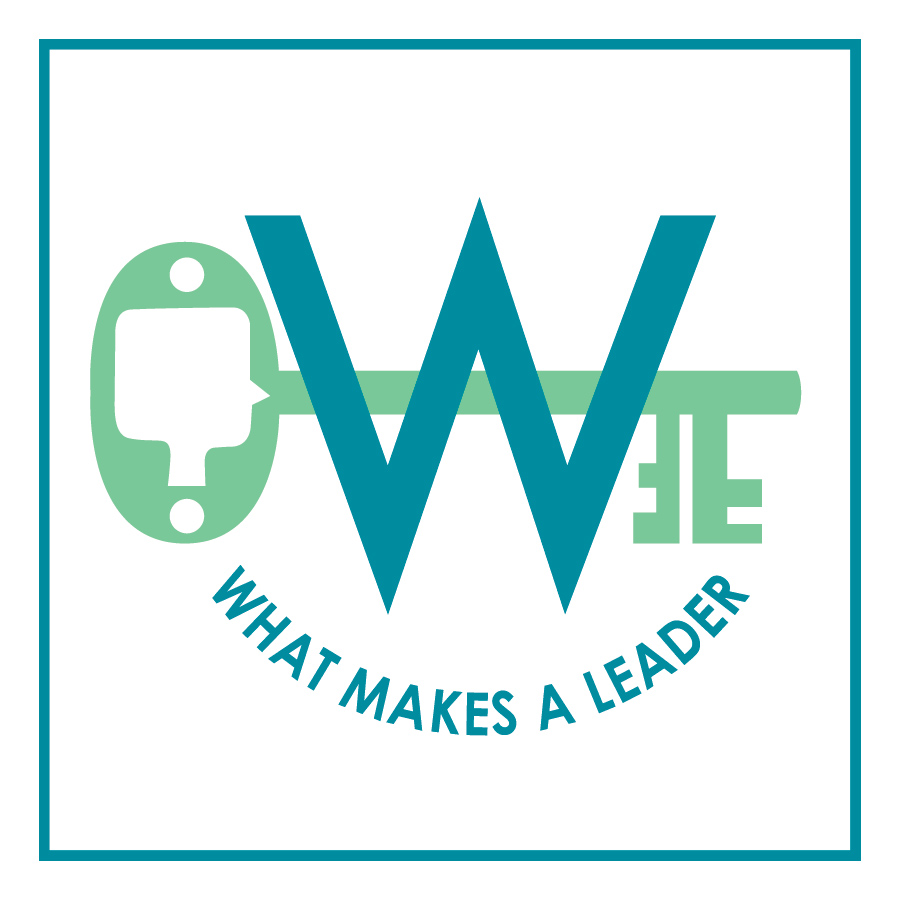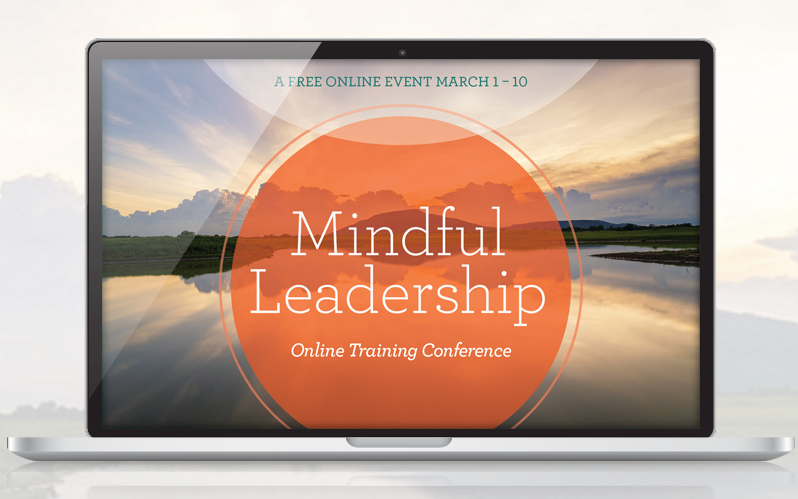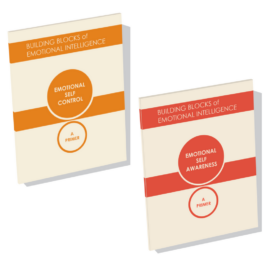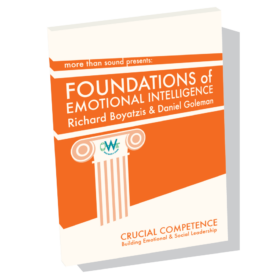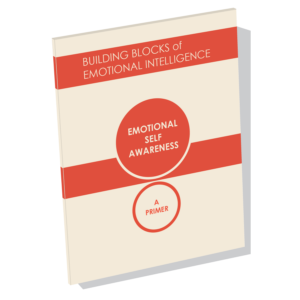
Coaching new school principals, I have come to appreciate the hidden emotional costs to leadership promotion. If I don’t support my leaders to adapt emotionally to their new roles, they are more likely to hit a wall when adapting to the skills of their new job.
Consider Janet. As an assistant principal, she turns every task into gold because of her work ethic, intelligence, instructional expertise, and organizational skills. She earns considerable credibility with her team, and so is a no-brainer successor when her principal decides to move on.
Six months later, Janet is struggling. She works extremely hard and everyone appreciates her level of commitment, but the school is not humming. She is both angered and confused by a growing resistance to the student culture system among the upper grade teachers, and blames the teachers when student discipline begins to slip. There is dissension among the leadership team on how to manage these challenges. She is surprised by what she sees as the weakness of many of her team members, and so finds it easier to take on student challenges herself. And yet, for the first time, she is missing deadlines and dropping balls. How can she get to the adult issues when student challenges take up so much of her time?
I see multiple entry points to coaching Janet, but most will treat the symptoms rather than the disease. If I choose to attack technical skills such as meeting facilitation, difficult conversations or even personal organization, I miss the fact that Janet has failed to adapt to her new position at an emotional level.
Adapting Starts with Self-Awareness
Because leaders like Janet begin a perpetual sprint from the moment they are offered their new job, few take the time to ground themselves emotionally in what is happening to them. William Bridge’s Transitions (1980) is an excellent place to start building Emotional Self-Awareness because it emphasizes that all change processes””no matter how positive””begin with endings and loss. Janet and I begin our work by reading chapter one and talking about endings. I ask her some combination of these questions:
Even when transitions are positive ones, there’s loss. How does Bridge’s theory of endings help you make sense of your principal transition experience so far? What have you lost or had to let go of already? How do you think this has affected you emotionally? To what extent have you been able to let go? What do you think is getting in your way?
Once Janet gets the idea about letting go, she needs help identifying the kinds of things that will get in her way if she doesn’t let go. Charan’s The Leadership Pipeline (2000) is a great place to start. I connect our endings conversation to exploring what’s getting in the way with this quote:
The highest-performing people, especially, are reluctant to change; they want to keep doing the activities that made them successful. As a result, people make the job transition from individual contributor to manager without making a behavioral or value-based transition. In effect, they become managers without accepting the requirements.
Chapter one offers concrete behaviors and values that get in the way of leaders adapting to new stages of leadership. Janet begins to see how her strength as a “doer” is holding her back from leading through others. My job at this point is to help Janet become aware of the values connected to her work up to this point, and then support her to make a conscious choice to shift them. Even when the choice is made, it takes time to unpack the habits, relationships, loyalties, and even character traits that are all pieces of Janet’s former strength.
Self Managing Through the Micro-Moments
Janet will confront countless micro-moments of challenge that are in fact opportunities to shift her deeply ingrained behaviors. Tomorrow she will be drawn to a challenging teacher-student interaction as she walks down the hallway. She can choose to jump in and solve the problem, call the behavioral support staff whose job it is to support teachers, or let the teacher manage his own challenge. Being aware””of the choice and of the emotions and values at play””is the first step. Then, Janet needs some strategies to help her choose new behaviors.
At this point, Janet and I do some aspirational thinking. I learned from Boyatzis’s Intentional Change Model (2006) that exploring the ideal opens Janet’s mind to possibilities that will likely yield effective self-management strategies. As we focus on a specific micro-moment””reactively or proactively””I say to her:
Imagine at this moment that you are able to lead masterfully through others. How would you get yourself to do it? You see that teacher struggling with that student! What do you do with your emotions and desire to jump in? What do you think or do that keeps you from engaging?
Deeply exploring this moment of opportunity allows Janet to identify some things she can do to manage her emotions and her old values and habits, and leverage new ones. She articulates a reminder that her inner coach will chant (“Remember, you are the only person that can lead this school. How many other people can do this work right now?”). She practices taking two deep breaths to ground herself in the moment. She makes a plan to engage her trusted assistant principal as an accountability partner. Janet keeps these strategies on a note-card that she tapes to the back of her iPad. We reflect on application over time, revising strategies as we learn what works, until Janet is consistently making strong choices about the work that she takes on or delegates to other staff.
Slowing your new leader down to reflect on endings, loss and surrendering strengths that no longer serve them is worth it. This coaching will save you weeks or months in new skill acquisition.
Recommended reading:
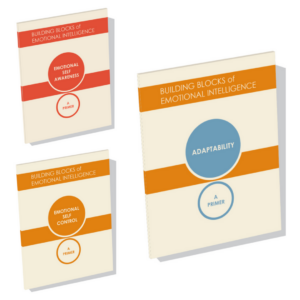 Our new series of primers was created by bestselling author of Emotional Intelligence Daniel Goleman, along with fellow thought leaders in EI, research, and leadership development.
Our new series of primers was created by bestselling author of Emotional Intelligence Daniel Goleman, along with fellow thought leaders in EI, research, and leadership development.
The primers focus on the competencies of Emotional and Social Intelligence in leadership. You can find the first 3 in the series available now: Emotional Self-Awareness, Emotional Self-Control, and Adaptability.



